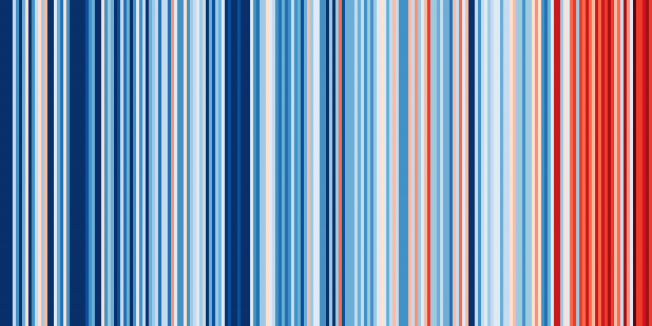SEAS5: the new ECMWF seasonal forecast system
GEOSCIENTIFIC MODEL DEVELOPMENT 12:3 (2019) 1087-1117
Factors Influencing the Seasonal Predictability of Northern Hemisphere Severe Winter Storms
Geophysical Research Letters (2019)
Abstract:
©2018. The Authors. We investigate the role of the tropics, the stratosphere, and atmosphere-ocean coupling for seasonal forecasts of strong, potentially damaging, Northern Hemisphere extratropical winter wind storm frequencies. This is done by means of relaxation experiments with the European Centre for Medium-Range Weather Forecasts model, which allow us to prescribe perfect forecasts for specific parts of the coupled atmosphere-ocean system. We find that perfect predictions of the Northern Hemisphere stratosphere significantly enhance winter storm predictive skill between eastern Greenland and Northern Europe. Correct seasonal predictions of the occurrence of stratospheric sudden warmings play a decisive role. The importance of correctly predicting the tropics and of two-way atmosphere-ocean coupling, both for forecasting stratospheric sudden warming risk and, correspondingly, severe winter storm frequency, is noted.Seasonal forecast skill for extra‐tropical cyclones and windstorms
Quarterly Journal of the Royal Meteorological Society Wiley 145:718 (2018) 92-104
Abstract:
Extra‐tropical cyclones and their associated extreme wind speeds are a major cause of vast damage and large insured losses in several European countries. Reliable seasonal predictions of severe extra‐tropical winter cyclones and associated windstorms would thus have great social and economic benefits, especially in the insurance sector. We analyse the climatological representation and assess the seasonal prediction skill of wintertime extra‐tropical cyclones and windstorms in three multi‐member seasonal prediction systems: ECMWF‐System3, ECMWF‐System4 and Met Office‐GloSea5, based on hindcasts over a 20 year period (1992–2011). Small to moderate positive skill in forecasting the winter frequency of extra‐tropical cyclones and windstorms is found over most of the Northern Hemisphere. The skill is highest for extra‐tropical cyclones at the downstream end of the Pacific storm track and for windstorms at the downstream end of the Atlantic storm track. We also assess the forecast skill of windstorm frequency by using the North Atlantic Oscillation (NAO) as the predictor. Prediction skill improves when using this technique over parts of the British Isles and North Sea in GloSea5 and ECMWF‐S4, but reduces over central western Europe. This suggests that using the NAO is a simple and effective method for predicting wind storm frequency, but that increased forecast skill can be achieved in some regions by identifying windstorms directly using an objective tracking algorithm. Consequently, in addition to the large‐scale influence of the NAO, other factors may contribute to the predictability of wind storm frequency seen in existing forecast suites, across impact relevant regions of Europe. Overall, this study reveals for the first time significant skill in forecasting the winter frequency of high‐impact windstorms ahead of the season in regions that are vulnerable to such events.How confident are predictability estimates of the winter North Atlantic Oscillation?
Quarterly Journal of the Royal Meteorological Society Wiley (2018) qj.3446
Ensemble sensitivity analysis of Greenland blocking in medium‐range forecasts
Quarterly Journal of the Royal Meteorological Society Wiley 144:716 (2018) 2358-2379



